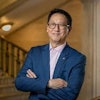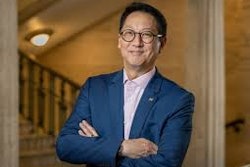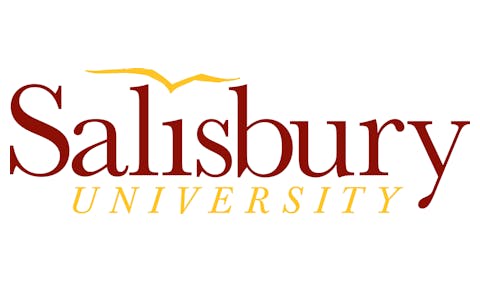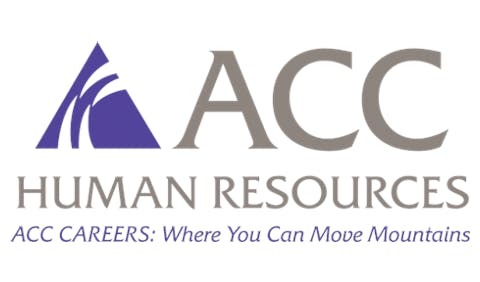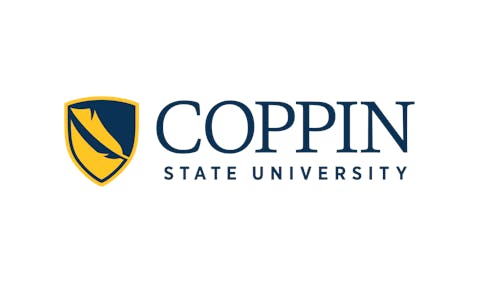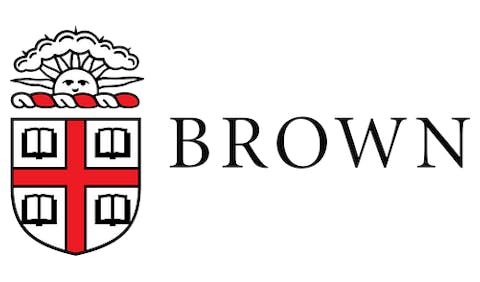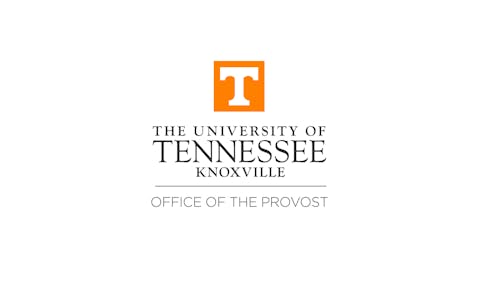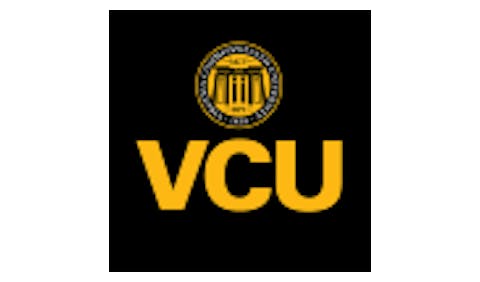Dr. Henry N. Tisdale served as President of Claflin University for 25 years, transforming the institution from a struggling HBCU into a nationally recognized liberal arts college. His new book, Beyond the Western Wall, chronicles this remarkable transformation and offers a blueprint for institutional change. I recently sat down with Tisdale to talk with him about the book and his storied career in higher education.
Diverse: Why did you write Beyond the Western Wall: Audacious Transformation of a Small Liberal Arts College?

My goal really was to have this book serve small liberal arts institutions, especially the HBCUs, and help them shift from this continuing surviving mode into a thriving mode. By sharing Claflin's success story and repositioning over the 25 years I was president, I hoped it would benefit them. When they look at what Claflin University was able to do, I want them to believe they can do it too.
Diverse: You mention "transformational visioning," can you explain what you mean by that strategy?
Dr. Tisdale: I believe the success of any institution is predicated on a vision, and it's very difficult for a president to move someone else's vision. A president who comes in and has their own vision can really impact the institution and its future.
When I interviewed for president at Claflin University, I shared this vision: "Claflin College will become recognized as one of the premier liberal arts institutions in the southeastern region of the United States. An institution of the highest quality that demonstrates its excellence by doing and being the best she can with what she has, by carrying out her mission, and by continuously striving for better."
At the time, Claflin had no rankings when I looked at U.S. News & World Report - it was located in the very bottom ranking. To say we're going to reposition this institution to become one of the premier liberal arts institutions, not just among HBCUs but all institutions, was challenging. Some were concerned we'd be embarrassed by putting such a vision out there that we would never reach.
But this vision expressed a grand purpose for Claflin. It was inspiring. People got excited about the possibility that Claflin could be among the best of the best. It required action. We had to recruit students and faculty, raise money, get our house in order. People believed it could be achieved, and that's what's important about a transformational vision - is it believable, measurable, and does it create urgency?
Diverse: How do you define transformational visioning more succinctly?
Dr. Tisdale: Vision without action is just hallucination. If I were to put it simply, a transformational vision is an idea, but not just an idea. It's also a plan which creates the future with specific and bold promises and invents ways to bring it about with full integrity. That's what makes things happen.
Diverse: How were you able to engage so many different stakeholders with different agendas over 25 years?
Dr. Tisdale: It's a lot of work, but it's imperative that work be done, and I believe it's the president's job to get that work done. I gave a lot of attention to engaging constituents, building the team, forming partnerships with the board. It was demanding work, but it paid dividends in the long run.
I believe one of the most critical issues in higher education, especially among HBCUs, is leadership and governance. If you don't get the leadership and governance right to begin with, all the other stuff is probably going to go down the drain.
I was strategic in beginning with the chair of the board, building a strong relationship, keeping in touch at least weekly or bi-weekly, working to get us in sync. Then I moved to the larger board. The most important thing to get straight right away is roles and responsibilities. Board members are not always clear what their job is.
Diverse: Can you share a defining moment from your early presidency?
Dr. Tisdale: At my first board meeting and retreat, it was a defining moment for my presidency because I put it on the table. I was very careful - I engaged a facilitator because I didn't want it to be me against the board. I wanted board members speaking to each other about this proposed vision.
It was a tough conversation. I knew that if that board had left the meeting saying, "Mr. President, we just can't buy your vision, we're just not with you," my tenure as president would not have been very long. It was on the line.
But by the end of the day, the board voted unanimously, 100%, to say they shared the vision, mission, and strategic goals. To show they weren't just giving lip service, the board added a new strategic goal that we hadn't added - board leadership. They were saying, "We're not just telling you to go out and do it. We're doing it as well."
One board member said, "I'm resigning from the board because I can't bring the resources you need, and I'm creating a spot so you and the board can bring in persons who can bring resources. But I will continue to support you and Claflin University."
Diverse: How did you engage other stakeholders like faculty, staff, and students?
Dr. Tisdale: Presidents must engage daily, campus-wide in this building process. They must listen to what the campus community is saying and remain accessible. I describe myself as an open-door kind of person. If you had something to share with me, I wouldn't close you out because you were only a director and not a vice president.
I organized listening sessions where I would bring in a random group of faculty, staff, and administrators. We would sit around in a circle and exchange ideas. I would share the vision and strategic goals, they could share what was happening in their areas, and I was open and willing to give and get feedback.
For students, every Thursday afternoon I had open-door sessions. Students didn't need to make an appointment - first come, first served. They could come one at a time or bring their team if they thought they needed backup. I heard things from students that I hadn't heard from faculty, staff, or administrators sometimes.
Diverse: The title Beyond the Western Wall has special significance to Claflin, doesn't it?
Dr. Tisdale: The term "Western Wall" is memorialized in Claflin University's alma mater. There's literally a Western Wall - a brick wall more than a mile long on the western border of the campus that sort of separates us from the rest of Orangeburg.
I was trying to say that we're going to work hard, create a success story for Claflin that we will feel good telling not just on campus, not just in Orangeburg, not just locally, but nationally. Beyond the Western Wall was a reminder that we were working at Claflin not just to be the best on Claflin's campus, but to be competitive beyond the walls of Claflin University.
We didn't want our students getting all A's on Claflin's campus and not being able to get into top graduate and professional schools or get employment. We wanted them to be competitive beyond the Western Wall. Same with faculty - we wanted faculty conducting research that was respected and bringing in grants and recognition that gave Claflin recognition beyond the Western Wall.
Claflin was often described as one of the world's best-kept secrets. There's no advantage to being the world's best-kept secret. My message was that we want the Claflin success story to be known beyond our local community, beyond South Carolina - we want to be known nationally.
Diverse: This book seems to be part memoir as well. Was that intentional?
Dr. Tisdale: Chapter 2 is titled "The Henry N. Tisdale Story," and I purposely shared my own personal journey for the first time in this detailed way for two reasons.
First, I believe readers deserve to know who this guy is who has written this book. Where did he come from? Tisdale is not one of the known names in educational leadership. There's very little research about HBCU presidents and their pathways to the presidency. If you follow my story, you'll see how I got from the cotton fields in Marlboro County to Claflin University, to Temple University and Dartmouth College, earning the first Black PhD in mathematics, to Delaware State University, then the American Council on Education fellowship shadowing university presidents across the country, and finally to Claflin.
Second, I hope it will inspire young people from marginalized circumstances to understand that where you start in life does not determine your trajectory. My story could very well be titled "An Improbable Journey" - from a place with no electricity, no running water, no books in the home, no art on the wall to admire, parents with very limited education not beyond 8th grade. For me to be where I am today was really an improbable journey that many would have deemed unlikely, but one that ultimately proves that with a good education, perseverance, and vision, anything is possible.
Diverse: What do you hope people will take away from this book?
Dr. Tisdale: I hope they glean what I call the Tisdale model or process of change - a process I believe can be replicated. The components are:
First, you need an effective board of trustees. Otherwise you're maybe dead in the water to begin with. Then you need a strong and stable leadership team. The president is not a one-man army. My leadership team stayed in place almost five years after the new president came - that's how stable they were.
You also need clear vision and mission. People have to know where you're going. You need dynamic strategic planning - I chaired the Strategic Planning Committee for 25 years because I thought it was that important. You need high-quality academic programs with a focus - ours was STEM. You need effective enrollment management, strong alumni involvement and support, effective financial management, and first-rate facilities.
Positive image and reputation matter. Pay attention to what people are saying about you and what you're saying about yourself. Invest in marketing and branding. And finally, no matter what you do, there should be at least an annual strategic performance scorecard. Keep scores. Be honest about how well you did and make adjustments where needed.
Diverse: Do you miss the day-to-day work of being president?
Dr. Tisdale: When I retired after 25 years, I knew it was time to go. The institution needed new energy, fresh leadership. I was very comfortable and pleased with what we had been able to accomplish over 25 years. I had no regrets about where we started and where we were, and I believe we had truly repositioned the institution.
When I got to the Charleston area and settled in, did I miss being on campus, the faculty and staff interactions? Yes, I did. But I knew it was time for me to move in a different direction and let Claflin and its leadership do what they needed to do. I missed it, but not to the extent that I felt I needed to know what was going on or needed people calling me.
I've been pleased viewing it from afar and seeing the transformation that continues at the institution. I can sleep at night and rest very well, knowing that Claflin is in good hands and moving in the right direction.
Beyond the Western Wall is available for purchase. Dr. Tisdale continues his work in higher education through consulting and speaking engagements, and the book is being adopted as a common reader at several HBCUs for first-year students and leadership programs.





